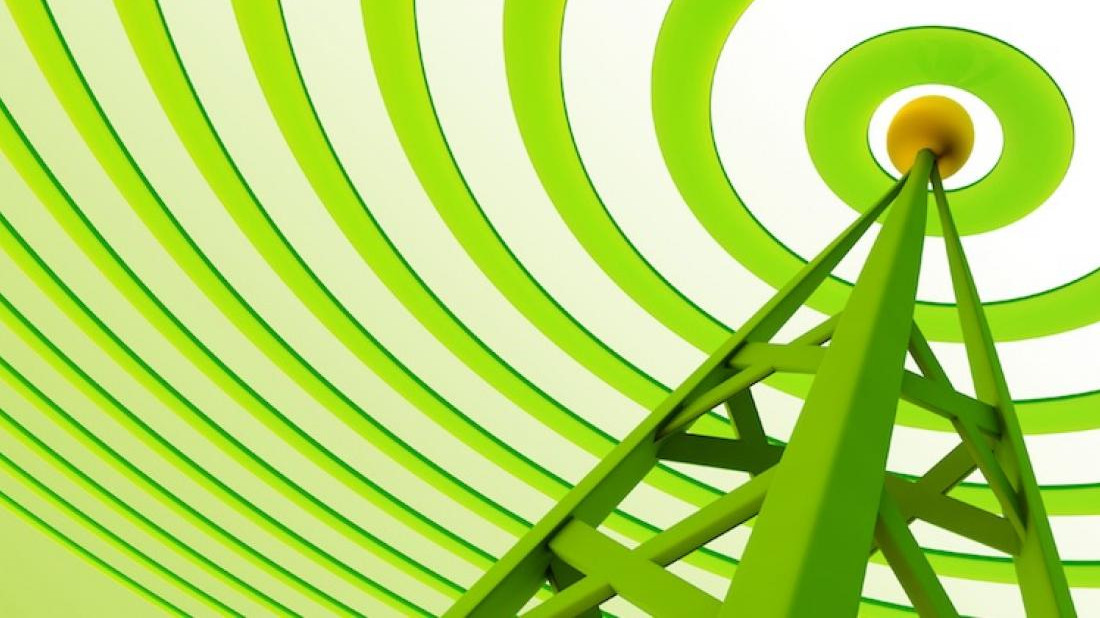FCC Proposes Opening Entire 6 GHz Band for Unlicensed Use
1,200 MHz of spectrum would be shared by unlicensed devices and incumbent broadcast ENG users

WASHINGTON—FCC Chairman Ajit Pai has issued official draft rules that would allow unlicensed devices to have access to operate in the entire 6 GHz band, which includes 1,200 MHz of spectrum.
That spectrum is primarily used by broadcast ENG users and utility companies. If this proposal were enacted, the incumbent users would share the spectrum with unlicensed devices that use the internet for operation. While broadcasters have reportedly been open to the idea of sharing some of the 6 GHz band, their chief concern is over the potential interference that could come from unlicensed devices.
In the official announcement of the proposal, Pai says that licensed services operating in the 6 GHz band would be protected so that both licensed and unlicensed services “could thrive throughout the band.”
If adopted, the draft Report and Order authorizes two different types of unlicensed operations. The first would be standard-power in 850 MHz of the band, while indoor low-power operations could operate over the full 1,200 MHz. It claims that an automated frequency coordination system would prevent standard power access points from operating where there could be interference to incumbent services.
“By doing this, we would effectively increase the amount of spectrum available for Wi-Fi almost by a factor of five,” Pai said in the official announcement. “This would be a huge benefit to consumers and innovators across the nation. It would be another step toward increasing the capacity of our country’s networks. And it would help advance even further our leadership in next-generation wireless technologies, including 5G.”
In February, a group of conservative leaders wrote to Chairman Pai calling for the opening of the 6 GHz band. Others, including the NAB’s Patrick McFadden, have questioned whether there is a true need for unlicensed devices to operate in the 6 GHz band.
“The last few weeks of lifeline coronavirus coverage by local TV stations have made crystal clear the value of the 6 GHz band to broadcasters and the viewers we serve,” said Dennis Wharton, NAB's executive vice president of communications, in response to the proposal. “If broadcasters are to continue providing news coverage that is trusted in a crisis, we need spectrum to provide that service.
Get the TV Tech Newsletter
The professional video industry's #1 source for news, trends and product and tech information. Sign up below.
“We have previously witnessed the negative impact Wi-Fi operations have caused to spectrum broadcasters use to cover breaking news. Opening the entire 6 GHz band to unlicensed use without strong safeguards risk locking the FCC into a mistake it cannot correct. We look forward to engaging with the FCC to discuss potential solutions, including appropriate power levels, methods for redistricting indoor-only operations and other options to protect broadcaster uses.”
A Further Notice of Proposed Rulemaking has also been issued that proposes to permit very low-power devices to operate across the 6 GHz band to support high data rate applications. The FNPRM seeks comment on making a contiguous 1,200 MHz block of spectrum available for the development of new high-speed, short-range devices and on power levels and other technical and operational measures to avoid causing interference to incumbent services.
The draft rules are expected to be voted on during the FCC’s Open Meeting on April 23.
